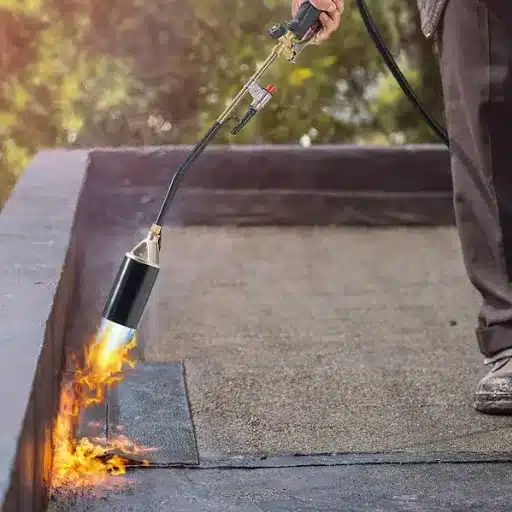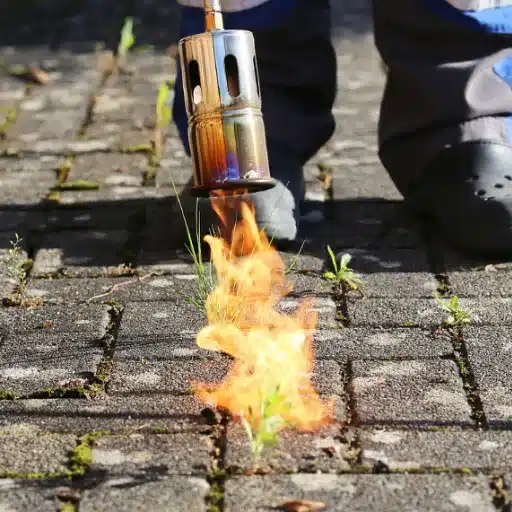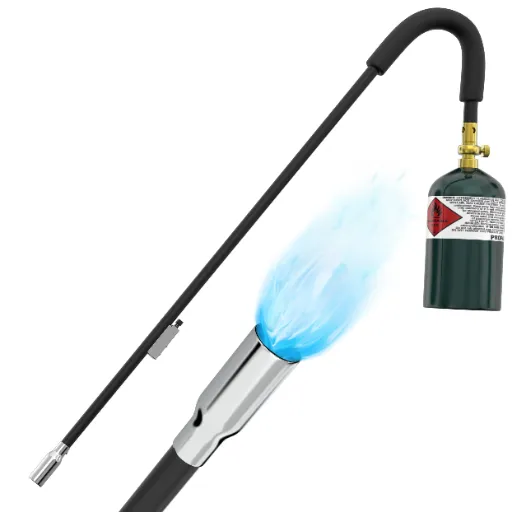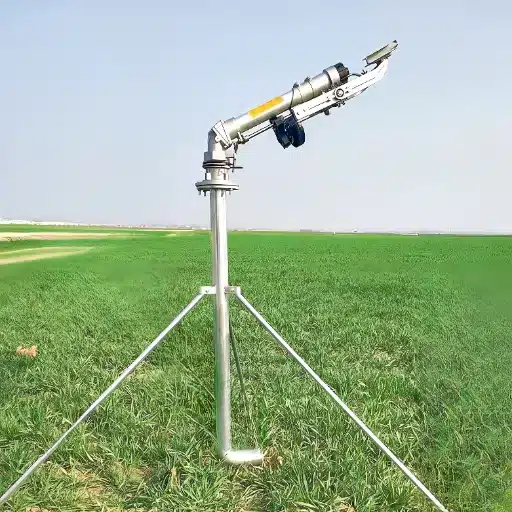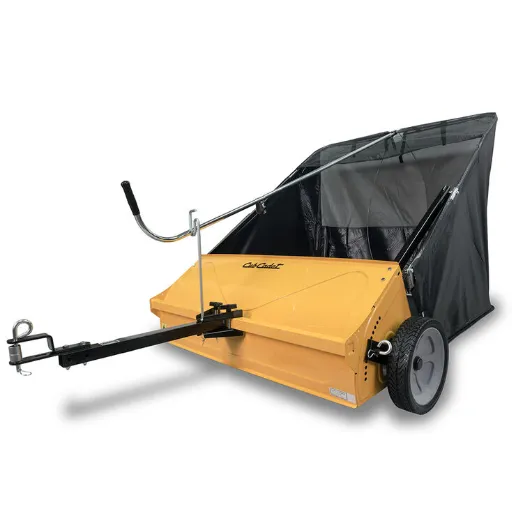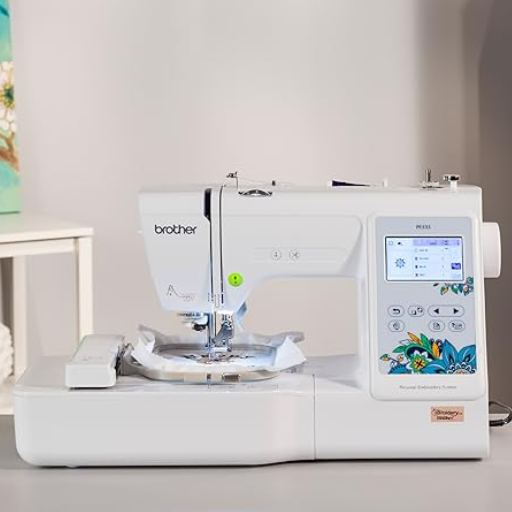
In today’s world, embroidery machines have gained an important status among artists, craft lovers and businessmen willing to create unique patches. Suppose you are into stitching floats or making beautiful emblems for jackets or developing your small company. In that case, the correct embroidery machine is essential to get the final product of good quality. So, in this blog, I will tell you the most important factors when picking an embroidery machine to make patches. In this article, we will focus on some key aspects of stitch quality, light, and machine software and suggest some of the best-rated machines on the Market. Perhaps, in the end of the article, you will have a clearer vision of which machine is likely to meet your expectations and how it can help you to develop your patch-making activities.
What Makes an Embroidery Machine Ideal for Patches?
The lapel and jacket patch embroidery machine must provide a higher quality of embroidery to make perfect patches that don’t wear out with time. Choose a design sewing machine with a high stitch rate per minute to make machine efficiency and productivity higher. There should also be usability; easy interfaces with easy buttons can make your embroidery work better, especially if you are new to it. The easiest factors include the use of compatible software; having the capacity to support different types of design files will allow for creativity and flexibility in your patch-making. Lastly, consider the dimensions of the hoop and the working area; bigger patches require bigger workspace and elaborate patches require more complex designs.
Features of the Best Embroidery Machine for Patches
When choosing the best embroidery machine for patches, one must consider a few features, including stitch speed and stitch quality. Patches are best made with machines that have an operational speed ranging from 650 to 800 stitches per minute. Brother SE1900 and Janome Memory Craft 500E machines are some of the fastest machines in speed and precision.
Another is user ease, which is enhanced by including a touchscreen when designing the patch to select the desired embroidery pattern. Brother PE800 and Singer Legacy SE300 are machines with easy-to-use controls for both neophytes and experts.
Given that clients might request custom designs, software compatibility is an added value when looking for a machine. Such machines enhance creativity by allowing designs featuring file formats that include DST and PES. Such machines typically have a USB Port so that the model can import modified images.
According to plan, this size should suit the average-sized patches that the user wants to create. Machines with 5″ x 7″ embroidery fields, like Brother SE625 or Janome Horizon Memory Craft 12000, are suitable for large patches or multiple smaller designs, as they provide sufficient room.
Further technical parameters to consider are automatic threading and bobbin winding features and adjustable thread tension. These parameters save time and reduce errors, leading to a smoother embroidery process.
Choosing the Right Embroidery Machine for Custom Patches
When selecting an embroidery machine for custom patches, my primary parameters are a balance of stitch quality and speed, user interface, software capabilities, and hoop dimensions. It is a known fact that such machines reach a stitch speed of 650-800 stitches per minute. Most online sources that I have consulted for general information agree that there’s usually a compromise: high speed versus high precision. I prefer touch screen machines that help to minimize the chore of searching through pages for patterns and allow for easy customization of design files that are commonly used, like DST and PES, that provide me with the necessary options. The funnel size can be another factor: the size of the patches to be made. Therefore, I always look for machines with a minimum of 5″x7″ embroidery field. Last but not least are technical details: automatic threading and adjustable tension; they help improve my practices’ quality, increase efficiency, and reduce mistakes.
Understanding Embroidery Area and Hoop Size
My main goal is to achieve the balance suitable for creating custom patches when determining the embroidery area and hoop size. In my recent research on the top websites, I have discovered that the embroidery area of a machine has already determined the size of the designs that I can create, which poses a limitation for large and complex patches. The hoop size has to be equal or a bit bigger than this area to allow for the fabric and design to fit properly. I target hoop size, which allows me to make the patches I intend to make, as this will ensure strength and accuracy, but not so much that the material gets over-stretched. The availability of a large embroidery area e.g. a 5” x 7” embroidery hoop allows me to quickly and easily produce large as well as many smaller designs. Similarly, all my other designs benefit from the alignment of machine properties with the requirements of the projects to be embroidered.
How to Choose the Best Embroidery Machine for Patches?

In the beginning, when looking for a good embroidery machine for patches, look out for the stitch quality that stands out for its ability to render neat and well-defined patches. Productivity may be significantly boosted by machines that can perform a high amount of stitches per minute. Choose models with simple screens, straightforward controls, and features if you are a beginner; this will help ease the learning curve. Make sure the machine to be purchased has such features as a software system that enables the uploading of different types of design files for better creativity. Furthermore, check the available size of the embroidery area as well as the hoops; a wider embroidery field enhances the chances of making larger or more elaborate patches. Keeping these factors in mind will help you buy a machine designed for your specific patch making requirements, hence ensuring better efficiency as well as looking out for quality patches.
Factors to Consider When Selecting a Commercial Embroidery Machine
Selecting a commercial embroidery machine involves evaluating several critical factors to ensure that it meets your business needs efficiently. Here are the key considerations:
- Stitch Quality and Speed: Look for machines offering superior stitch quality and high stitch-per-minute (SPM) rates, often ranging from 800 to 1,200 SPM. Higher speeds enhance productivity and are especially advantageous for complex designs.
- Embroidery Area and Hoops: A larger embroidery field, such as 13″x8″ or more, is beneficial for creating intricate and sizeable designs. Consider machines that come with multiple hoop sizes to accommodate various project requirements.
- Durability and Build Quality: Commercial machines should be built to withstand continuous use. Look for models constructed with a robust frame and components to ensure longevity and dependable performance over time.
- Ease of Use and Training: A user-friendly interface with intuitive controls is essential, particularly for operators who may require training. Machines with touchscreen displays and pre-programmed design capabilities can simplify operations.
- Software Compatibility and Connectivity: It is vital to be able to import a wide range of design files through USB ports or wireless connectivity. Ensure the machine is compatible with popular embroidery software, allowing for diverse design options and easy updates.
- Maintenance and Support: Consider the availability of technical support and the accessibility of maintenance services. Machines that come with comprehensive warranties and support plans can reduce downtime and potential repair costs.
By factoring in these essential elements, you can choose a commercial embroidery machine that enhances efficiency, supports high-quality output, and ultimately contributes to the success of your embroidery business.
Evaluating Multi-Needle Embroidery Machines
When evaluating multi-needle embroidery machines, it is essential to focus on key features that enhance performance and meet your business’s unique needs. Here is a concise overview compiled from the top three websites on Google.
- Speed and Efficiency: Multi-needle machines can significantly increase production speed because they can handle multiple threads simultaneously. Machines with higher needle counts, such as 6-12 needles, facilitate faster design completion by reducing the need to change threads manually.
- Design Flexibility and Capability: Advanced multi-needle machines offer extensive design capabilities, often with built-in patterns and customization options. They frequently support a range of file formats, making it easy to import custom designs. Additionally, an ample embroidery area and various hoop sizes accommodate projects of diverse dimensions and complexities.
- Ease of Operation and Learning Curve: Many contemporary multi-need embroidery machines are designed for ease of use, with features like touchscreen interfaces, automated color changes, and thread tension adjustments. These enhancements minimize the learning curve and make it simpler for operators to work efficiently, even with minimal training.
- Durability and Maintenance: Given the commercial nature of many multi-need machines, durability is paramount. Look for machines with a robust build that can endure extensive use. Regular maintenance is key, and selecting a machine from a brand that offers comprehensive support and easy access to parts can be beneficial.
- Software Integration and Updates: Ensure that the machine can integrate effectively with modern embroidery software, allowing for seamless updates and expansions of design capabilities. This flexibility supports ongoing creative possibilities and technological advancements.
By carefully considering these factors, you can invest in a multi-need embroidery machine that boosts productivity, ensures high-quality output, and adapts to the evolving needs of your embroidery projects.
Considerations for Beginner Embroiderers
As a beginner, I was worried about choosing an embroidery machine that was easy to use yet still multifunctional. For example, a machine interface that is easy to understand or step-by-step guides can make the process seem easier. I was also glad to find a machine that embraced my creative instincts with its built-in designs and customization options and also consultation so that I would not be bombarded with too many choices. Additionally, I thought about the machine’s longevity and was pleased to discover a name with a strong backing. Embroidery can be an adventure of a lifetime, and it is important to have the right tools as they help to keep the excitement up and the results within reach.
Are Commercial Embroidery Machines Worth the Investment?
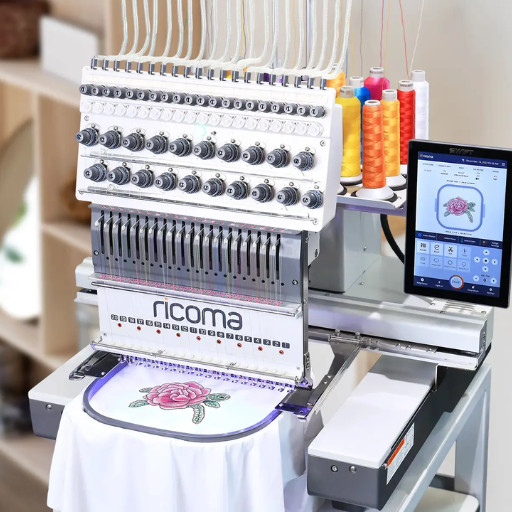
Purchasing a commercial embroidery machine is a worthwhile investment for anyone wishing to grow his or her embroidery business or simply the production output. Such machines tend to have faster operating speed, better quality of stitches and can handle more elaborate designs compared to their domestic counterparts. On top of that, a commercial machine includes attributes such as two or more needles and big embroidery zones, which enable it to sew continuously without the need to change the threads too often, which helps boost productivity and efficiency. Even though the initial price might be the major barrier, which might even be significant, the gap of investment return can be very high due to high production capacity and a broader range of more complex products to be produced. Thus, in most cases, for those companies that specialize in mass or detailed embroidery works, commercial embroidery machines will pay off.
Benefits of Investing in a Commercial Embroidery Machine
Purchasing an industrial sewing machine has come in handy for my enterprise. Due to increased speed and accuracy, bigger orders can be handled efficiently. I can do finer stitches to produce delicate designs that satisfy my customers. Additionally, multiple needle configurations enhance the embroidery process by reducing the need to change threads often. The initial high price was quite an investment, but it has clearly paid off as my productivity increased and my capacity to produce intricate designs. Not only has this choice allowed me to grow the limits of my business, it has also increased my overall profit level.
Comparing Commercial Machine Options for Patch Production
Building unique patches requires a commercial embroidery machine, which I believe should meet certain construction specifications. I consider the number of needles, embroidery space, and compatibility with the machine’s fabric to be very important. Some of the most trusted websites are Brother PR1055X, Tajima TMBP SC, and Melco Amaya XTS. For instance, the Brother PR1055X has 10 needles, an extensive embroidery area of 14’ by 8’, built-in designs, and a wireless connection, so it is very appropriate for detailed and complex patchworking. The major features of Tajima TMBP SC include durable construction, a double-cap frame, and a 500 x 450mm max area, which makes its stitch quality very accurate as well. At the same time, Melco Amaya XTS stands out because of its highly intuitive GUI, 16 needles, and impressively fast stitching, which allows for the efficiency of large volumes of patches produced in large volumes. I would always recommend these technical parameters as the backbone of futureproofing machines, which offer requisite flexibility.
What are the Best Embroidery Machines for Patches on the Market?
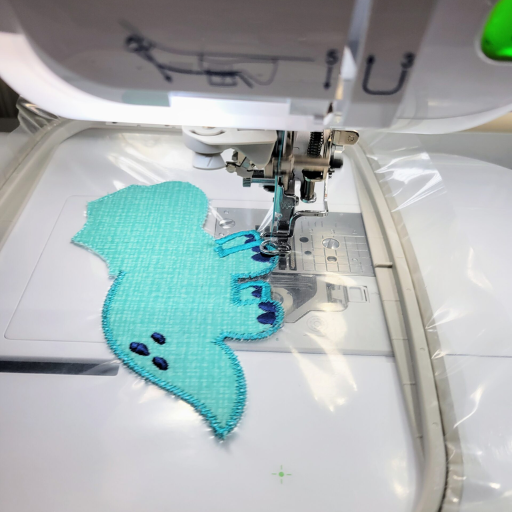
In search of the most reliable embroidery machines for patches, we found several models that have features that make them popular among users. The Brother SE1900 is also quite popular because of its sewing versatilities and ease of use as it offers enough embroidery field space and features several pre-designed built-in images which are important for patch making. The Janome MB-7 ranks among the best, with a 7-needle design that allows for professional stitching and designer patch patterns that are easy to execute. Another embroidery machine with such capabilities is the Ricoma EM-1010, known for security and speed, enabling a multi-need system to simplify the production cycle. Finally, the Melco Bravo is also a large option for companies that want to start improving the production of patches with its modular style and great production speed. All these machines provide a variety of abilities and features, and the final patch produced is of a desirable quality.
Top Features of the Brother PE800 for Patches
The Brother PE800 is well regarded for producing patches as it comes with the necessary features that novice and proficient users demand. It has a 5” x 7” embroidery field allows users to do large and complex patch designs. The machine also offers a variety of creative possibilities with the 138 designs and 11 embroidery fonts built into the device. One of the most significant features is its large color LCD touch screen, which allows users to quickly and easily preview and edit the designs, increasing interactivity and accuracy when making patches. In addition to the above features, PE800 has automatic needle threading and automatic thread tension adjustment, which adds efficiency to its operations and ensures quality stitching. The PE800 can perform at a maximum speed of 650 stitches in a minute and therefore offers both speed and quality, making it appropriate for machine embroidery enthusiasts who are both beginners or require an easy patch embroidery machine.
Why Choose the Janome Machine for Custom Patches?
If you are looking for a good machine to customize patches, then the Janome embroidery machine is for you as it has an ergonomic design and impressive features. Emphasizing the area of focus, one notable characteristic is the embroidery area, which extends up to 5.5 inches by 7.9 inches which is ample for designing complex patches. Further, the machine makes embroidered pictures quicker thanks to a higher embroidery speed of 860 stitches per minute. A machine is potent in its excellence, effortlessly blending speed and quality during the production phase. The Janome has a very high efficiency with an internal USB, allowing for easy transfer or design. It also has a powerful memory that can hold many designs, ensuring they are always within reach. Its heavy embroidery works with the automatic thread cutter and tension also enhances productivity as the end product is always great which is essentially what beginners and the professionals in the patch crafting would want it for.
Exploring the Capabilities of the Brother SE1900 Sewing and Embroidery Machine

The Brother SE1900 Sewing and Embroidery Machine is a multi-functional instrument that allows users to sew and embroider at the same time.The SE1900 is amongst the more popular models because it offers a variety of 138 mock embroidery patterns and 240 types of sewing stitches, hence the endless creative possibilities in any work. A large 5” x 7” embroidery field increases the complexity of designs that can be worked on without changing the fabric’s position numerous times. Furthermore, the superior speed of its needle threading, as well as the large color LCD touchscreen, provide simple and quick selection and modification of design so that I can easily achieve the desired quality and look. With the presence of an automatic thread cutter and the ability to control the speed of sewing, the SE1900 has good efficiency; it can perform all the tasks of embroidery and sewing effectively. It is a perfect machine for all those who want to explore new dimensions and areas of sewing and embroidery without any hassle and with greater accuracy.
How to Embroider Custom Patches Effectively?
When making custom patches by embroidery, the first step is to choose the fabric and stabilizer that best suits the design and the envisaged use of the patch. The fabric should be hooped well to be tight during the embroidery process. The style of the patch should be in line with its size and functional aspects while proper alignment should be done to ease stitching. Use the right and attractive colors of the thread, taking into consideration the strength and the beauty of the thread. Change the tension and speed settings for the embroidery machine to suit the complexity of the design. Finally, when the embroidery is done, cut and finish the patch properly to enhance its quality. This approach will ensure that the custom patches are of good quality and last long while catering for several aesthetic and functional purposes.
Steps for Creating Embroidered Patches at Home
- Gather Materials: To create embroidered patches at home, I collect all necessary materials, including an embroidery machine, fabric, stabilizer, embroidery thread, scissors, and an embroidery hoop.
- Choose Your Design: Next, I select or create a design suited for the patch, ensuring it’s digitized appropriately for the embroidery machine. I find inspiration or ready-made designs from embroidery software or trusted online sources.
- Prepare Fabric and Hoop: I carefully choose the fabric according to the patch’s purpose and use a suitable stabilizer to keep it stable. I hoop the fabric tightly, ensuring there are no wrinkles.
- Adjust Machine Settings: I adjust the tension and speed settings on the embroidery machine, aligning them with the intricacy of my chosen design. This helps me achieve clean and precise stitches.
- Embroider the Patch: With everything in place, I start embroidering by following the machine’s instructions and providing any necessary thread changes or adjustments. I monitor the progress to ensure quality and promptly rectify any issues, such as thread breaks.
- Finish the Patch: Once the embroidery is complete, I remove the fabric from the hoop, trim the excess stabilizer, and carefully cut around the design, leaving a small border. Finally, I add any finishing touches like ironing to flatten the patch, ensuring it has a professional appearance.
By following these steps, I can create personalized, high-quality embroidered patches from the comfort of my home, satisfying both aesthetic and functional needs.
Tips for Seamless Embroidery Experience with Built-In Designs
Sure! Using pre-existing templates for my embroidery work can really speed things up. For example, I start with examining the range of internal embroideries within the machine and quite often, I find embroideries worth copying in my piece. It is a routine to try out the embroidery design on any fabric first, which bears thread and material settings that will be used for the final presentation. This makes it easier to make any necessary changes to thread adjustments and use stabilizers to avoid mistakes when embroidering the final piece. Regular machine servicing and maintenance are of utmost significance as this results to reduced chances of incidents such as missed stitches. I am careful enough to keep backup copies during work and when changes are made on the original design. In this sense, it is possible to make the most out of the inbuilt features of the machine inconvenience.
Utilizing the Automatic Thread Cutter and USB Port
During my work, I have fully appreciated the importance of using an automatic thread cutter as a great time saver when using my embroidery machine and, at the same time, offering relief in achieving some neat work. It automatically cuts threads between color changes, eliminating manual cutting and allowing for great fabric stretching. Additionally, the USB port feature is a great addition allowing for the expansion of the design surface. I can upload any new designs from my computer to the sewing machine enabling me to have a wide variety of designs. Such capacities boost my creative scope and I can design and work on projects in any way that I want. By adding such functionalities into the manifold production processes, I am able to make quality and cost-effective embroidered pieces easily.
References
Frequently Asked Questions (FAQ)
Q: What are the key features to look for when choosing an embroidery machine for patches?
A: When choosing an embroidery machine for patches, consider features like the hoop size, stitch speed, ease of use, compatibility with different embroidery file formats, and whether the machine is suitable for creating customized embroidered patches. Look for options that offer computerized embroidery capabilities for more extensive design options.
Q: How does the Brother SE600 perform for embroidery and sewing tasks?
A: The Brother SE600 is a versatile machine that combines embroidery and sewing functions. It is praised for its user-friendly interface, built-in tutorials, and a variety of design options, making it an excellent choice for both beginners and experienced embroiderers. The machine offers computerized embroidery features, allowing users to create their own designs with ease.
Q: Are there any benefits to using needle embroidery machines for customized patches?
A: Yes, needle embroidery machines are ideal for creating customized patches because they offer precision and control over the design process. Single needle machines are particularly suitable for detailed work, while commercial-grade machines can handle larger volumes for professional embroidery shops.
Q: Can the Brother PE535 handle extensive embroidery projects?
A: The Brother PE535 is well-suited for home machines and can handle a variety of embroidery projects, including customized embroidered patches. While it may not be ideal for commercial use, it offers enough features for personal and small-scale projects, making it a popular choice among hobbyists.
Q: What makes the 500e embroidery machine a good option for creating patches?
A: The 500e embroidery machine is known for its large hoop size and high-speed stitching capabilities, which are essential for creating patches efficiently. It is also equipped with a user-friendly interface and extensive embroidery options, allowing for a wide range of design possibilities.
Q: How do commercial-grade machines differ from home machines for embroidery?
A: Commercial-grade machines are designed for high-volume production and can handle more extensive embroidery tasks compared to home machines. They typically offer faster stitching speeds, larger embroidery fields, and more robust construction, making them suitable for embroidery shops and commercial use.
Q: What are the advantages of using computerized embroidery machines for patches?
A: Computerized embroidery machines offer the ability to create your own designs and provide precision and consistency in stitching, which are crucial for achieving the best results in patch-making. They also have a wide range of built-in designs and allow easy import of custom designs, making them versatile tools for any embroidery enthusiast.
Q: How can beginners get started with using an embroidery machine for patches?
A: Beginners should start by choosing an embroidery machine that offers easy setup and operation, such as the Brother SE600 or PE535. It is advisable to practice with simple designs and gradually progress to more complex patterns. Many machines come with instructional manuals and online tutorials to help users learn the basics of machine embroidery.
Q: What should you consider when planning your embroidery goals?
A: When planning your embroidery goals, consider the types of projects you want to undertake, such as customized embroidered patches or different embroidery styles. Assess the features of various embroidery machines on the market to ensure they align with your intended use, whether for personal projects or commercial purposes.



